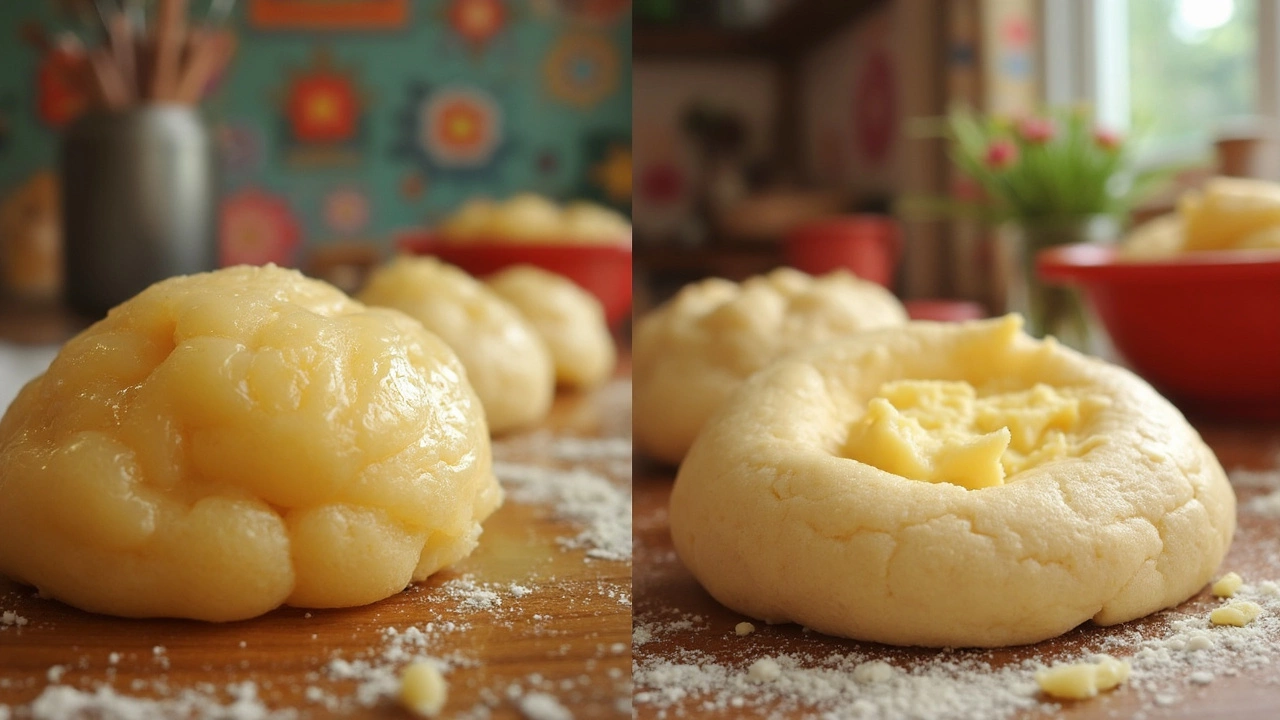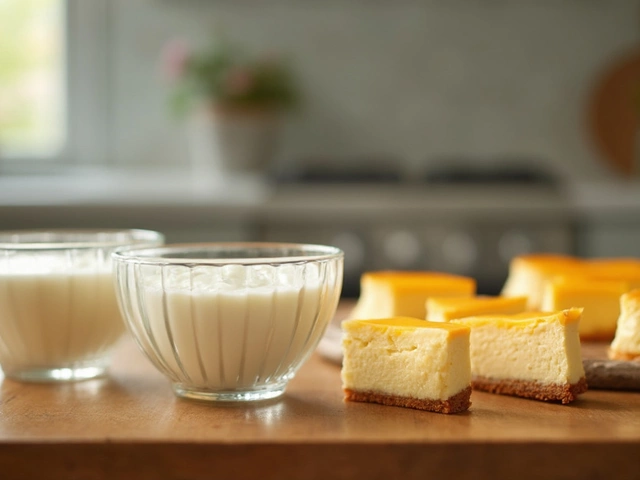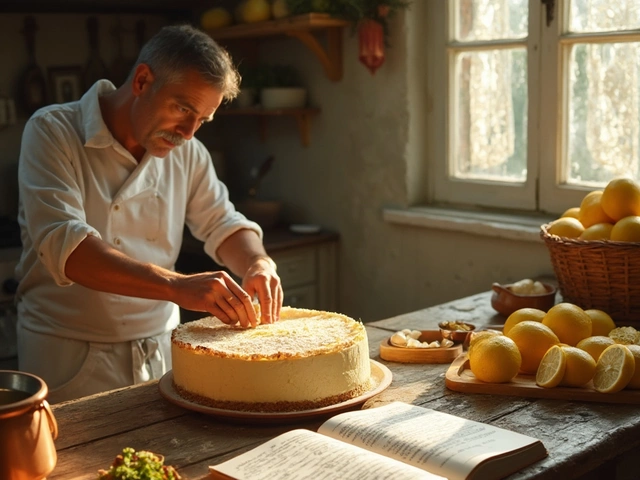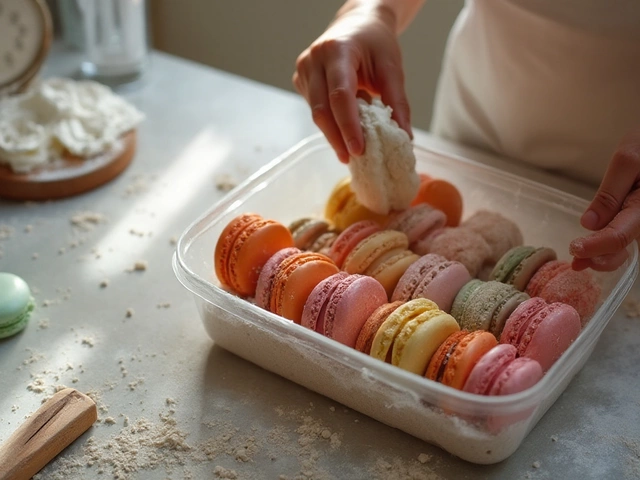Best Ingredients for Cookies – What Every Baker Needs
If you’ve ever wondered why some cookies melt in your mouth while others feel like cardboard, the answer is in the pantry. The right ingredients make the difference between a good batch and a great one. Below you’ll find the core items that should always be on your shelf, plus a few optional upgrades that take your cookies to the next level.
Flavor Boosters
First up, flavor. Good flavor starts with quality butter and sugar. Real butter (not margarine) gives a rich, buttery taste and helps spread the dough evenly. Use unsalted butter so you can control the salt level yourself. For sugar, a mix of white and brown works wonders: white sugar makes cookies crisp, while brown sugar adds moisture and a caramel note. If you like a hint of vanilla, a teaspoon of pure vanilla extract is a tiny addition that packs a big punch.
Texture Builders
Texture hinges on flour, leavening, and eggs. All‑purpose flour is the go‑to for most cookie styles; it provides enough gluten for structure without making the cookie tough. For softer, chewier cookies, you can swap in a bit of cake flour. Baking soda or baking powder is the secret leavener – soda spreads the cookie and makes it chewy, while powder creates a puffier, cake‑like crumb. One large egg binds everything together and adds richness. If you want a softer bite, add a tablespoon of milk or cream.
Don’t forget the salt. A pinch of kosher salt amplifies the sweetness and balances the flavors. Even if your butter is salted, a little extra can brighten the taste.
Now that the basics are covered, think about mix‑ins. Chocolate chips, nuts, dried fruit, or even pretzel bits add texture and bursts of flavor. The key is to keep them evenly distributed – a simple way is to toss them with a tablespoon of flour before folding them into the dough.
When you’re ready to bake, use a kitchen scale for consistency. Weighing butter, sugar, and flour eliminates guesswork and makes every batch reproducible. If you don’t have a scale, the standard spoon‑and‑cup method works, just level off the measurements.
Temperature matters, too. Keep your butter soft, not melted, so it creams with the sugar without turning the dough greasy. Chill the dough for at least 30 minutes before baking if you want a thicker cookie that holds its shape.
Finally, bake at the right heat. Most cookies do well at 350°F (175°C) for 8‑12 minutes. Keep an eye on the edges – they should be golden while the center stays a bit soft. Let them cool on the sheet for a couple of minutes, then transfer to a rack.
With butter, a balanced sugar combo, the right flour, and a proper leavener, you’ve got the foundation for any cookie style. Add a dash of vanilla, a pinch of salt, and your favorite mix‑ins, and you’ll be dishing out bakery‑worthy cookies in no time.

Oil or Butter in Cookies: Which Tastes Better?
Choosing between oil and butter for your cookies can impact taste and texture. Oil leads to chewy cookies while butter gives a rich flavor and crispness. Understanding the pros and cons of each helps in crafting the perfect batch for your tastes. Explore interesting tips and make an informed choice. Knowing when to use each can elevate your cookie baking game.
View More




